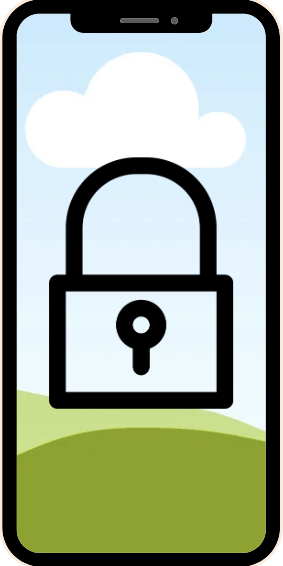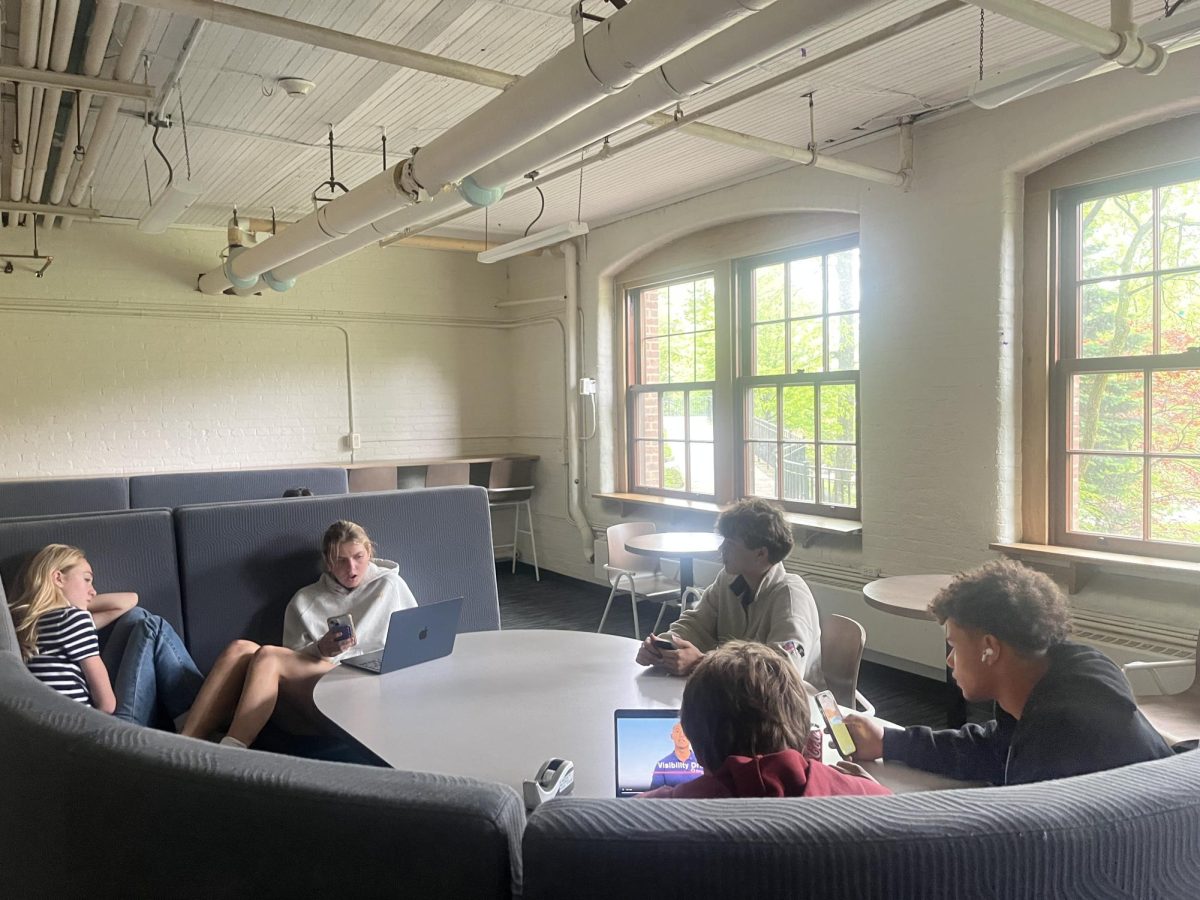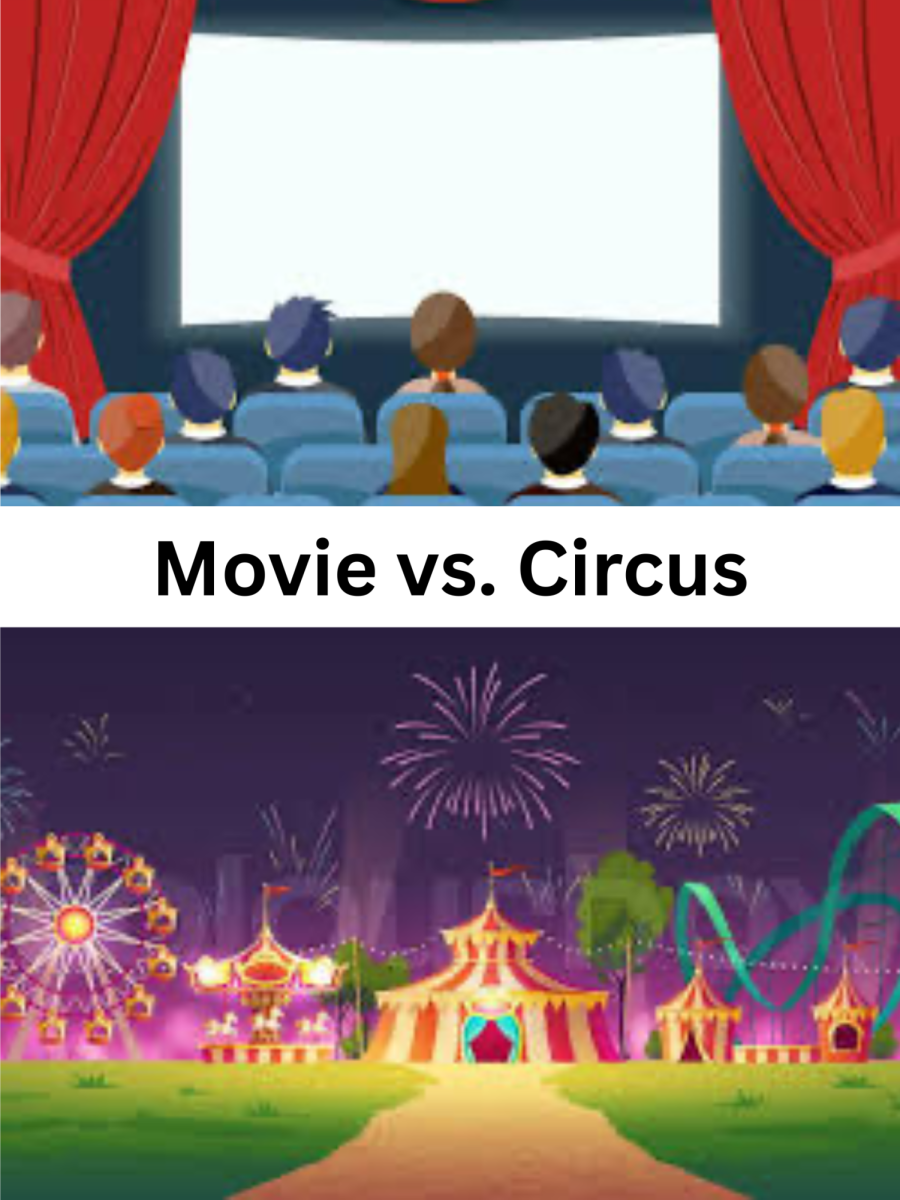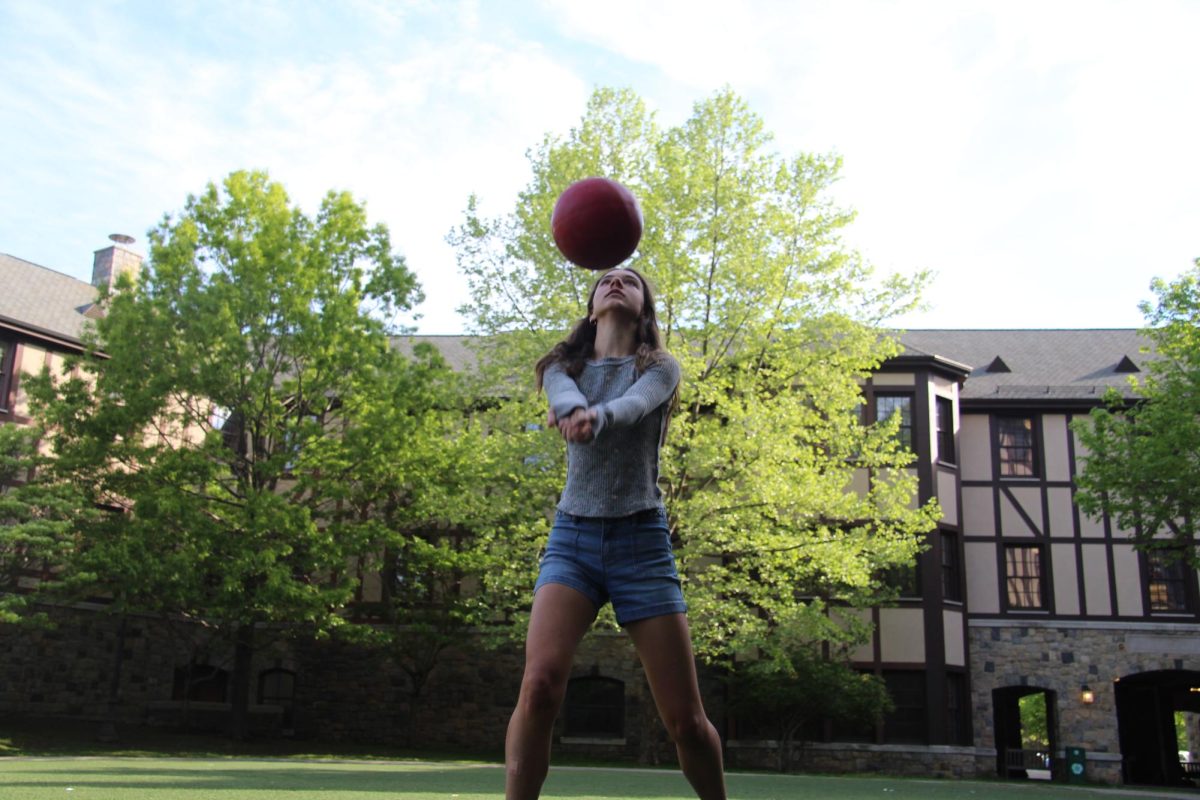Parental roles towards children since the creation of social media have been lacking, with many statistics demonstrating how less than half of parents in the states display and pursue an interest in their teen’s social media access and footprint. Instagram and TikTok added parental controls and account privacy to minimize and manage social media activity. Although parental controls and account privacy are unliked by teens, these controls play an important role in minimizing time spent on social media and enhancing positivity on social media platforms through time limits and account privacy.
Applications like Instagram and Snapchat can have positive effects in people’s daily lives, enabling people to connect with others through texting, calling and even liking their friends’ posts. Social media too can be a great place to access information and research.
Social media can be a platform for bullying and negativity too, through comments, posting, and texting. Although some users may not pursue negativity online through social media, many do. Specifically, all teens are at risk of negativity and cyberbullying from their peers and even random people online. Through comment sections and abnormal posts in social media apps like Instagram, comments sometimes may get hefty, especially if a user’s account is public. But sadly, cyberbullying is not the only negative effect possible on these platforms.
Social media is the opposite of the common saying said by parents, “Don’t talk to strangers”. It is a haven for conversations between random people and strangers across the world.
Social media is the only exception to the phrase “Don’t talk to strangers” when referring to children. It is a haven for conversations between random people and strangers across the world.
Specifically, Emily Vogels created a demographic for harassment across the United States, where she researched that 41% of adult Americans have experienced a sort of online harassment.
This statistic is just through technology and applications like social media, which demonstrates how a significant amount of users experience negativity when using social media. The namelessness that social media possesses enables people to be more likely to say something they’d never say in person, which creates an environment where cyberbullying and negativity can prosper. Especially in parenthood, parents may be unaware that their child is experiencing cyberbullying or any form of negativity in their social media presence.
And statistically too, Frances Dalomba wrote, “58 percent [of minors] have not told their parents or an adult about something mean or hurtful that happened to them online.”
Most teens refuse to connect with their parents regarding their social media presence, making it more difficult and maybe unknown for parents to understand their children’s online presence.
Parental controls in particular are a great way for teens to maintain their activity on social media too, enabling them to prosper on social media through connectivity and positivity while also blocking the negativity some social media applications like Instagram can possess. Although it may be annoying for some, the implementation of parental controls also removes an unhealthy amount of social media activity and screen time by enabling “Daily-Limit” on the Instagram parental controls setting.
Some High Schoolers like parental controls and some do not. Most teens do not voluntarily activate parental controls like screen time, but their parents do.
A 9th Grader, Graham Klabin said “I have time limit on my phone, but I know the password so”. Although his parents activated it, he avoids it because he knows the password. Many High Schoolers have an interest in spending time on social media apps and rather prefer not to have limits, even if it can be damaging for them. Another 9th Grader, regarding his likeability of time limits for social media apps, Zachary Weinreich said “No, I really do not like the screen time”. Even though there are positives to screen time limits, most teens and High Schoolers prefer not to have them.
Although many prefer not to have screen time limits, parental controls are not the only way for one to limit their social media presence or manage safety and negate any hurtful activity. Most teens on social media applications like Instagram and TikTok prefer to set their accounts to private rather than having time limits. Private accounts require people to request to follow them to be able to see both their feed of posts and message you too. This disables strangers in commenting and messaging, enabling the private user to have a more positive outcome from social media, interlocking their account with people which the user may already know, and not strangers.
Even though screen time limits and private account settings are not popular for High Schoolers and teens, they make social media a more enjoyable and safer platform through their limitations and safety regulations.








